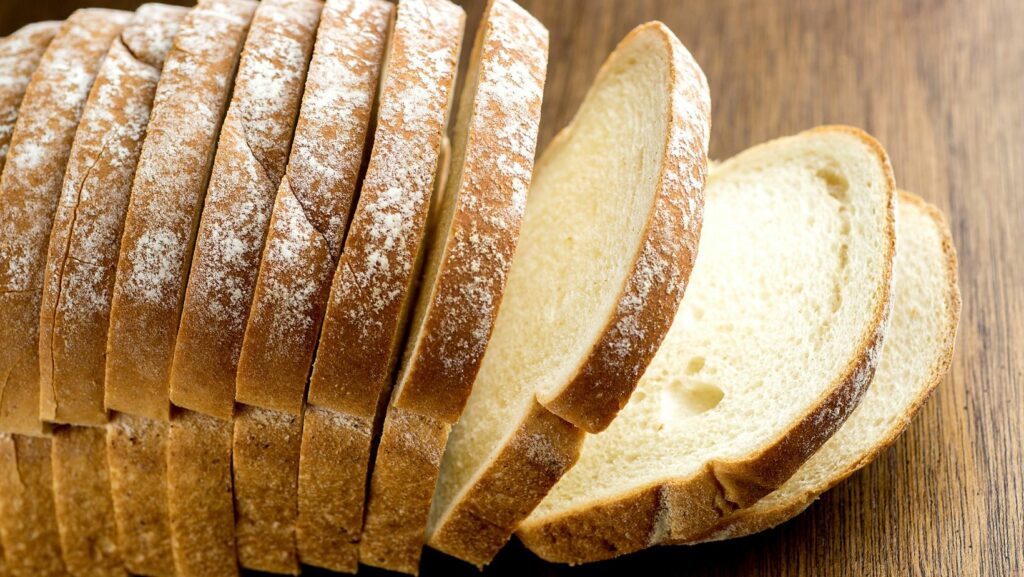As a person with diabetes, managing your diet is crucial to maintaining stable blood sugar levels. One common question that arises is how many slices of bread can a person with diabetes eat per day. The answer depends on individual carbohydrate tolerance, overall health, and activity level.
Carbohydrates, including those found in bread, are converted into glucose during digestion. This can cause spikes in blood sugar levels if consumed in excess. Therefore, people with diabetes need to monitor their carbohydrate intake carefully. Generally speaking, the American Diabetes Association recommends that individuals with diabetes aim for around 45-60 grams of carbohydrates per meal.
When it comes to bread specifically, portion control plays a significant role. On average, one slice of bread contains about 15 grams of carbohydrates. If you aim for 45 grams of carbohydrates per meal and choose to include bread in your meal plan, you could have up to three slices per meal. However, it’s essential to consider other sources of carbohydrates in your meal as well and adjust accordingly.
Remember that consulting with a registered dietitian or healthcare professional specializing in diabetes management is always recommended. They can provide personalized guidance based on your specific needs and help you create a balanced meal plan with the right amount of bread or other carbohydrate-rich foods while controlling your blood sugar levels.
How Many Slices of Bread Can a Diabetic Eat Per Day
When it comes to managing diabetes, diet plays a crucial role. One common question arises: “How many slices of bread can a diabetic eat daily?” The answer varies based on blood sugar levels, medication regimen, and overall health. However, I’ll provide some general guidelines to help you make informed decisions about your daily bread intake.

- Please consult with your healthcare team: Before making any significant changes to your diet or meal planning, it’s essential to consult with your healthcare team. They can provide personalized recommendations based on your specific needs and medical history.
- Consider the type of bread: Not all bread is created equal regarding its impact on blood sugar levels. Opt for whole grain or whole wheat varieties as they contain more fiber and nutrients than refined white bread. These types of bread have a slower digestion rate, which helps prevent spikes in blood sugar levels.
- Portion control is key: Moderation is key when managing diabetes and carbohydrate intake. It’s recommended that individuals with diabetes aim for 45-60 grams of carbohydrates per meal (including bread). This translates into approximately 1-2 servings of carbohydrates per meal.
- Please pay attention to other sources of carbohydrates: Besides bread, there are other sources of carbohydrates in our diets, such as rice, pasta, fruits, and vegetables. Be mindful of these additional sources when determining your daily bread intake.
- Monitor blood sugar levels: Regularly monitoring your blood sugar levels will give you insights into how different foods affect your body. If you notice consistent spikes after consuming certain amounts or types of bread, consider adjusting your portion sizes accordingly.
Final Thoughts
Everyone’s dietary needs are unique; what works for one person may not work for another. Working closely with a registered dietitian specializing in diabetes management can be invaluable in developing a personalized meal plan.
Determining the optimal daily bread intake for people with diabetes requires individualized consideration. Consulting with your healthcare team, practicing portion control, and monitoring blood sugar levels will help you make informed choices about your bread consumption.









